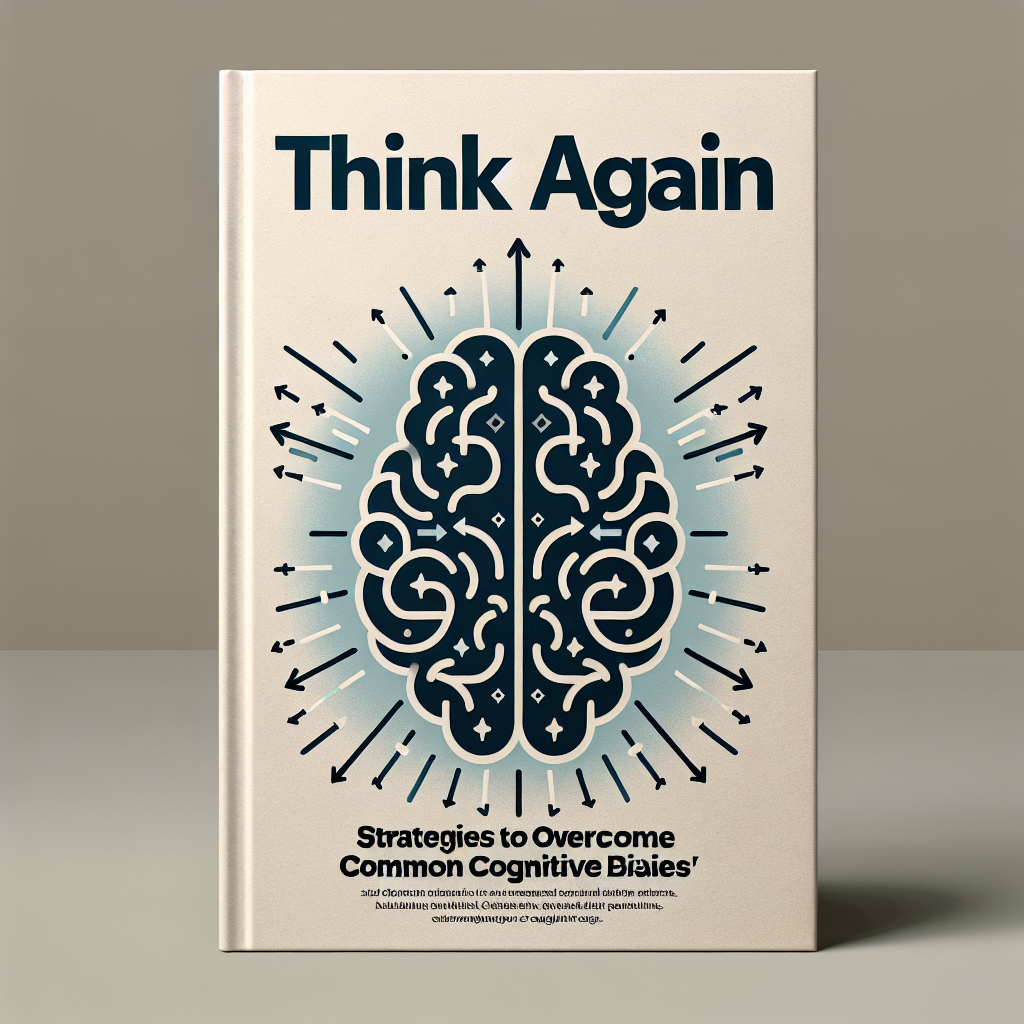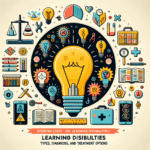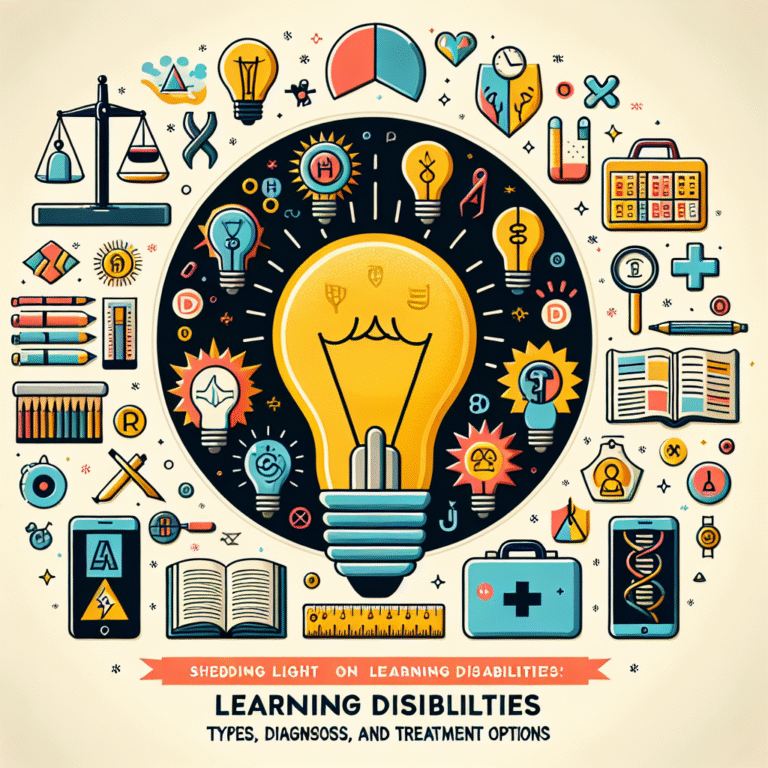
Introduction
In today’s fast-paced world, our minds are bombarded with information, leading us to form judgments and decisions that might be clouded by cognitive biases. These invisible hurdles can significantly impact both personal and professional outcomes. But what if there was a way to navigate these mental traps? Welcome to the realm of "Think Again: Strategies to Overcome Common Cognitive Biases," where we explore practical techniques to sharpen our thinking and make more logical, unbiased decisions.
Cognitive biases can distort our perceptions and thinking processes, shaping our reality in ways we often don’t recognize. By taking a moment to think again, we can identify and circumvent these biases, enhancing our decision-making and problem-solving capabilities. Let’s embark on this journey to become more aware of our thought processes and develop strategies for overcoming biases that obscure our judgment!
Understanding Cognitive Biases
Before diving into the strategies, it’s crucial to grasp what cognitive biases are. Cognitive biases refer to systematic patterns of deviation from norm or rationality in judgment. They can skew our understanding of reality and lead us to conclusions that are not based on sound reasoning.
Common Types of Cognitive Biases
| Type of Cognitive Bias | Description |
|---|---|
| Confirmation Bias | The tendency to search for, interpret, and remember information that confirms our beliefs. |
| Anchoring Bias | Relying too heavily on the first piece of information encountered when making decisions. |
| Hindsight Bias | The inclination to see events as having been predictable after they have already occurred. |
| Dunning-Kruger Effect | A cognitive bias where people with low ability at a task overestimate their ability. |
| Availability Heuristic | Overestimating the importance of information readily available to us. |
Case Study: The 2008 Financial Crisis
The 2008 financial crisis serves as a perfect illustration of cognitive biases at play. Leading up to the crisis, many investors exhibited confirmation bias, seeking information that validated their belief in increasing property values while ignoring broader economic indicators. Understanding such biases can help prevent future missteps in judgment and decision-making.
Think Again: Strategies to Overcome Common Cognitive Biases
Now that we’ve identified what cognitive biases are and their implications, it’s time to dive into actionable strategies.
1. Acknowledge Your Biases
Awareness is the first step toward change. By recognizing that you are prone to biases, you can take proactive steps to mitigate their effect.
Actionable Insight: Keep a journal and note instances when you recognize bias influencing your decision-making. This practice can increase your self-awareness and lead to better choices.
2. Seek Diverse Perspectives
One of the most effective ways to combat biases is to seek input from others, especially those with differing viewpoints. This approach can challenge your assumptions and provide new insights.
Case Study: Corporate Decision-Making
Companies that have diverse teams often outperform their competitors. A study conducted by McKinsey showed that organizations with ethnically and gender-diverse teams are 35% more likely to outperform their peers. This demonstrates the value of seeking diverse perspectives.
3. Engage in Critical Thinking
Critical thinking involves analyzing and evaluating an issue in depth rather than accepting preconceived notions.
Tips for Effective Critical Thinking:
- Ask Questions: What evidence supports my belief? What evidence contradicts it?
- Slow Down: Give yourself time to make decisions rather than rushing due to time pressure.
- Consider Alternatives: What are other possible outcomes or decisions?
4. Use Decision-Making Frameworks
Implementing systematic frameworks can significantly enhance clarity in decision-making. Here are a few popular models:
- SWOT Analysis: Evaluate Strengths, Weaknesses, Opportunities, and Threats related to a decision.
- Cost-Benefit Analysis: Outline the pros and cons of different options to visualize potential outcomes.
5. Foster a Growth Mindset
Cultivating a growth mindset can reduce the impact of cognitive biases. By believing that abilities and intelligence can develop, you become more open to feedback and new ideas.
Actionable Insight: Practice self-reflection and embrace challenges. Regularly ask for constructive criticism to foster a learning environment around you.
6. Consider Temporal Factors
Understanding your emotional state during decision-making can help you avoid biases related to timing and context.
Case Study: Emotional Investing
Many investors make decisions during market highs or lows influenced by their emotions, leading to regret. By recognizing how market timing influences emotions, investors can make more rational decisions.
7. Debiasing Techniques
Specific techniques can directly counteract biases.
- The Premortem Technique: Imagine a future failure and work backward to understand what could lead to that outcome, helping to surface overlooked factors.
- Statistical Thinking: Use data over anecdotal evidence; stats can reduce reliance on biased heuristics.
8. Reflect on Past Decisions
Evaluating your past decisions critically can highlight the biases that influenced them.
Actionable Insight: Set aside time to review decisions monthly. Analyze the thought process, the data used, and how biases may have skewed the outcome.
Conclusion
Navigating cognitive biases is not just an intellectual exercise; it’s a crucial life skill that can profoundly affect your personal and professional journey. By embracing the strategies we’ve explored under "Think Again: Strategies to Overcome Common Cognitive Biases," you can enhance your decision-making capabilities and lead a more fulfilled life.
Investing time in self-awareness, critical thinking, and seeking diverse perspectives goes a long way in creating a clearer, unbiased path toward your goals. Remember, it’s never too late to think again and make a more informed decision that aligns with your best interests.
FAQs
1. What are cognitive biases, and why should I care about them?
Cognitive biases are systematic errors in thinking that can lead to flawed decision-making. Being aware of them allows you to make more rational choices.
2. How can I become more aware of my cognitive biases?
Keeping a journal, reflecting on your decisions, and seeking feedback from others can help you recognize your cognitive biases.
3. What role does critical thinking play in overcoming biases?
Critical thinking allows you to analyze and evaluate situations thoroughly. This process helps you question assumptions and make more informed decisions.
4. How can I challenge my existing beliefs effectively?
By engaging with people who have differing viewpoints and actively listening to their perspectives, you can challenge your beliefs and broaden your understanding.
5. Is it possible to completely eliminate cognitive biases?
While it is unlikely to completely eliminate biases, you can significantly mitigate their effects by employing the strategies outlined in this article.
Through these insights, we hope you’re inspired to reflect upon your thought processes and take actionable steps to think again. Your journey toward clearer thinking and better decision-making starts now!

















